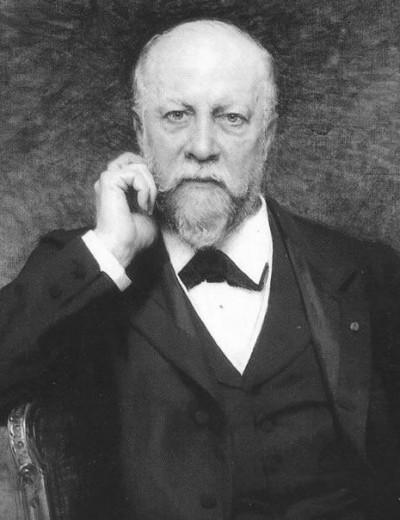
Frederic Boucheron
About
Prestigious French jewellery house. Before opening his own jewellery store in 1858, Frédéric Boucheron apprenticed at the fashionable Parisian jewellery house Deschamps. When Deschamps retired, he discouraged Frédéric from entering the jewellery trade, calling him “not cut out to be the proprietor of a business.” Nonetheless, Boucheron persevered. The firm he founded, Boucheron, has become one of most important jewellery houses of our time.
Though he started with little capital and a small stock of jewellery, Boucheron quickly attracted Parisian trendsetters’ attention. Among his specialities were lacy gold metalwork embellished with diamonds, engraved diamonds (uncommon still today) and delicate plique-a-jour enamelling. The gemstones he used were carefully selected for color and quality. Even Boucheron’s most accomplished competitors, like André Massin, praised the firm's pieces for their “faultless craftsmanship.” The jewels were also unusual.
As fellow jeweller and historian Henri Vever said, Boucheron made pieces that “very few of his colleagues would have dared to make at the time.”The firm thus developed a faithful and growing clientele. Among its clients was Tiffany and Company.
The Look
His ruby, emerald and sapphire butterflies, enameled dragonflies decorated with brilliants, silver and gold leaves attracted the attention of the famous and the noble right away. Animals and plants were his sources of inspiration. But rather than copying nature, he was inspired by nature and recreated nature. The Art Nouveau’ trend famous for the plant, flower and animal motifs worldwide, overlapped with Boucheron’s style. Frederic Boucheron decorated the roses, lizards, ladybirds, bees and tortoises with pearls, brilliants, enamel and sapphires. He was an expert in gem stones. A 152- karat sapphire he placed in the middle of one of his jewels made history as the biggest and clearest example of its kind.